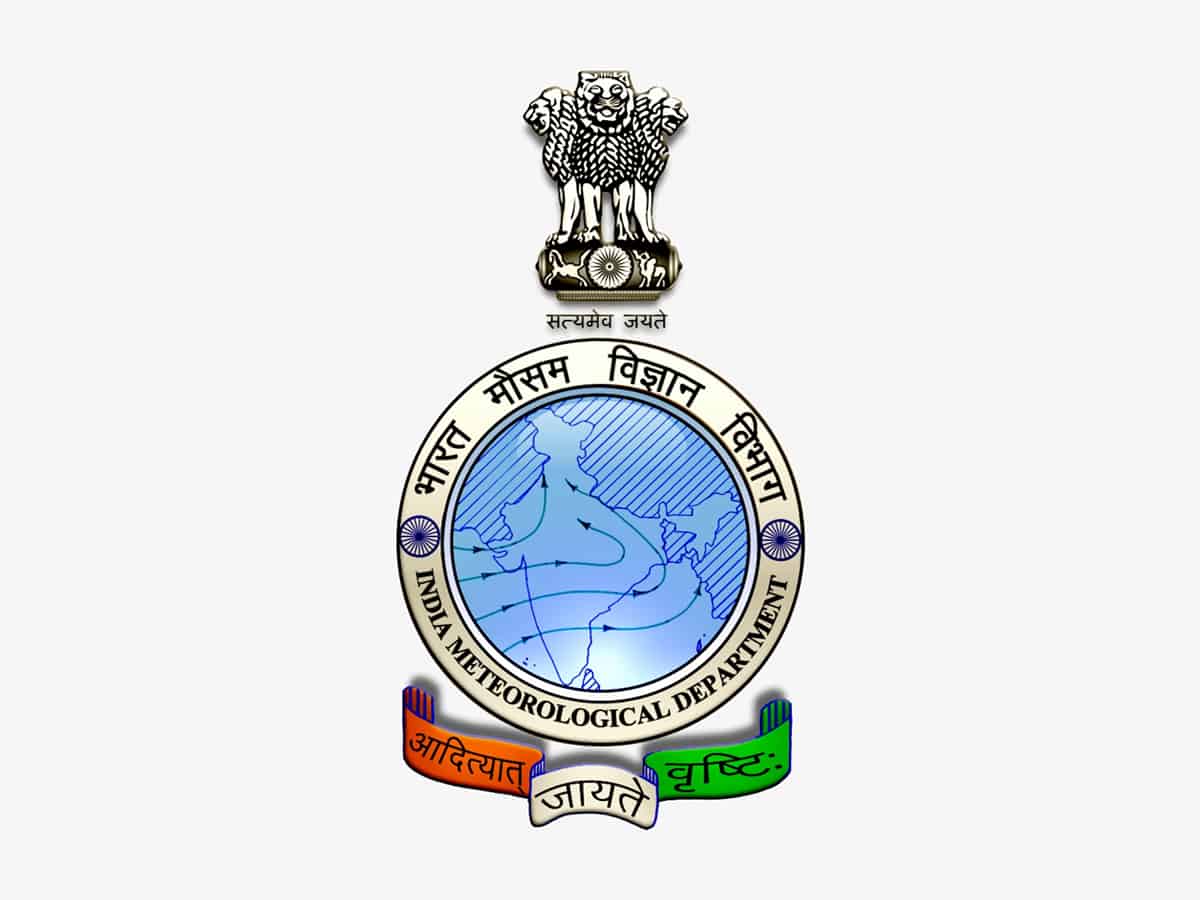
New Delhi: With the India Meteorological Department (IMD) forecast on Tuesday of a ‘normal’ southwest monsoon quantitatively, at 103 per cent rainfall of the Long Period Average (LPA) likely, then, it will be the fourth consecutive year of normal monsoon in recent times.
The years 2019, 2020, 2021 had witnessed LPAs of 110 per cent, 109 per cent, and 99 per cent, respectively.
The ‘normal’ monsoon rainfall for the country, as a whole, would mean within a range of 96 to 104 per cent of the LPA, which is 87 cm or 870 mm. The IMD had, this April, introduced the new LPA, the new rainfall normal based on rainfall data from 1971-2020 for the southwest monsoon season, replacing the till then used rainfall normal that was based on data from 1961-2010.
In IMD parlance, when the rainfall averaged over the country as a whole is within plus/minus 10 per cent from its LPA or 90 per cent to 110 per cent of LPA, then the rainfall is said to be ‘normal’ and when the rainfall is less than 90 per cent of the LPA, it will be ‘below normal’ and when it is more than 110 per cent of the LPA, the rainfall will be termed as above normal.
However, this would not be a stand-alone case, there have been such stretches of normal monsoon in the past too, especially since 1950s.
Earlier to this, since 1950, there have been continuous stretches of normal monsoon on-and-off. This started in 1953-64 (11 years), 1975-78, 1988-99 (12 years), 2005-2008 and 2010-2013, the IMD records showed.
A normal monsoon is crucial for the vast agrarian livelihoods – over 80 per cent are dependent directly or indirectly on agriculture – that spirals growth of Indian economy and food production has a direct impact on inflation etc. Therefore, any and every news about southwest monsoon, called the ‘Real Finance Minister of India’, is eagerly awaited by one and all.



